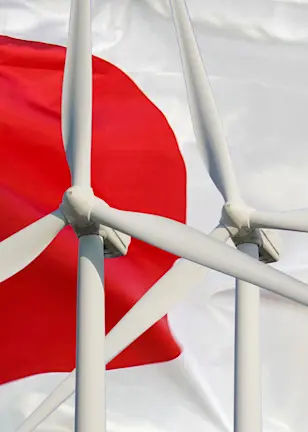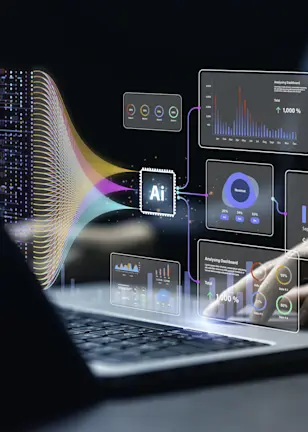Disclaimer
Robeco Institutional Asset Management B.V. (DIFC Branch) is regulated by the Dubai Financial Services Authority (“DFSA”) and only deals with Professional and Market Counterparty Clients and does not deal with Retail Clients as defined by the DFSA.
Neither information nor any opinion expressed on the website constitutes a solicitation, an offer or a recommendation to buy, sell or dispose of any investment, to engage in any other transaction or to provide any investment advice or service. An investment in a Robeco product should only be made after reading the related legal documents such as management regulations, prospectuses, annual and semi-annual reports, which can be all be obtained free of charge at this website and at the Robeco offices in each country where Robeco has a presence.
Please confirm that you are a professional investor and/or institutional investor and that you have read, understood and accept the terms of use for this website.
Sustainable Investing
Green versus grey hydrogen
Hydrogen is no newcomer to energy or industrial markets and more than a hundred million tons of it is produced and used every year. But most of this is grey hydrogen, created using natural gas. While gas is not as polluting as coal, and is considered a ‘half-way house’ between higher-carbon fossil fuels and renewables, it still creates billions of tons of emissions.
Green hydrogen, in contrast, is produced via electrolysis where an electrical current is used to split water (H2O) into hydrogen (H2) and oxygen (O) molecules. When that electrical current is from renewable sources like solar or wind power, the process is carbon free.
Though hydrogen is natural and abundant and the idea of creating it from water simple, harnessing its potential at the scales needed for powering industries and economies is a challenge of massive proportions. Across its supply chain – from production, storage, transmission and distribution – green hydrogen still faces technical and environmental hurdles that translate into higher costs and lower supplies.
But these challenges are not insurmountable. As investments and incentives aimed at hydrogen technologies increase, breakthroughs will accelerate so that hydrogen’s decarbonizing potential can be unlocked and unleashed in time to halt global warming mid-century.
















